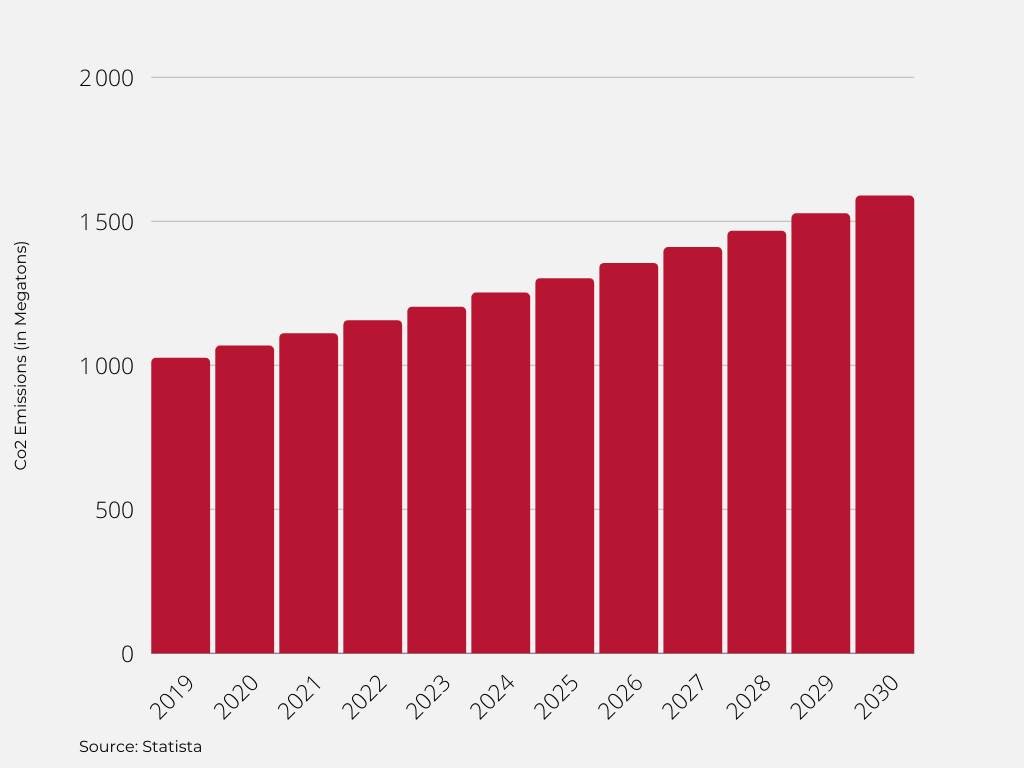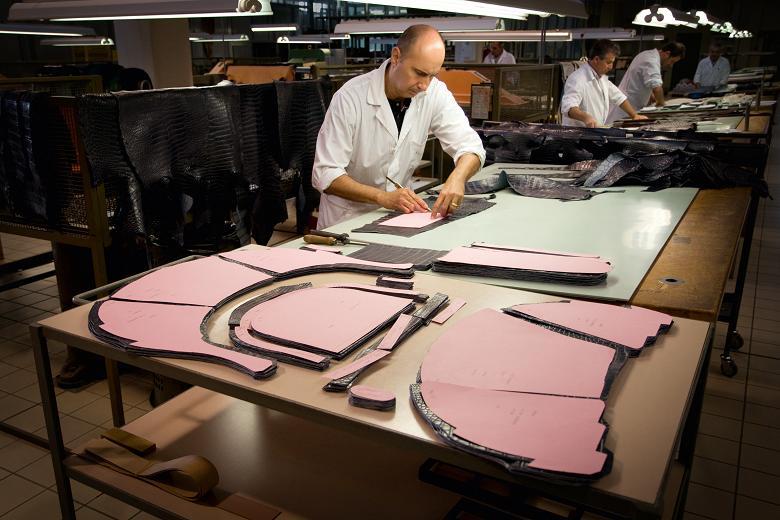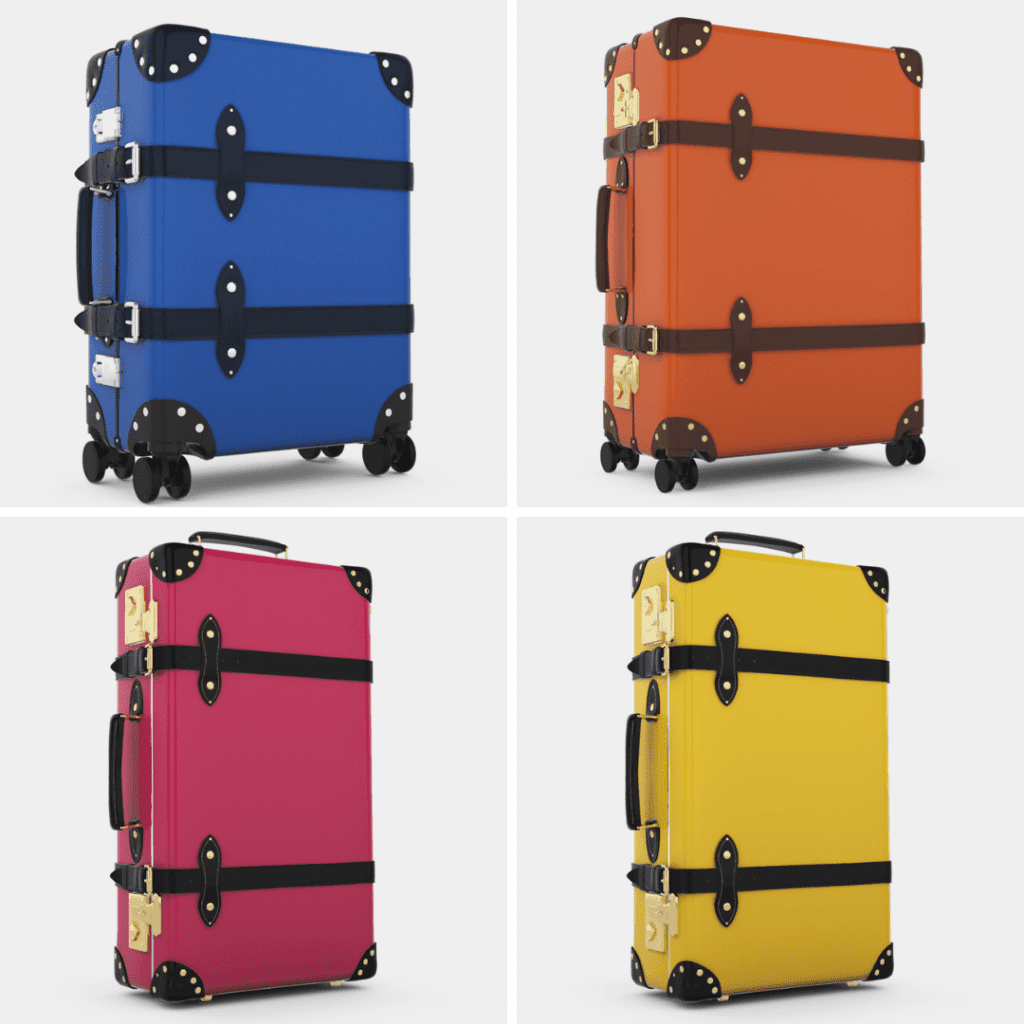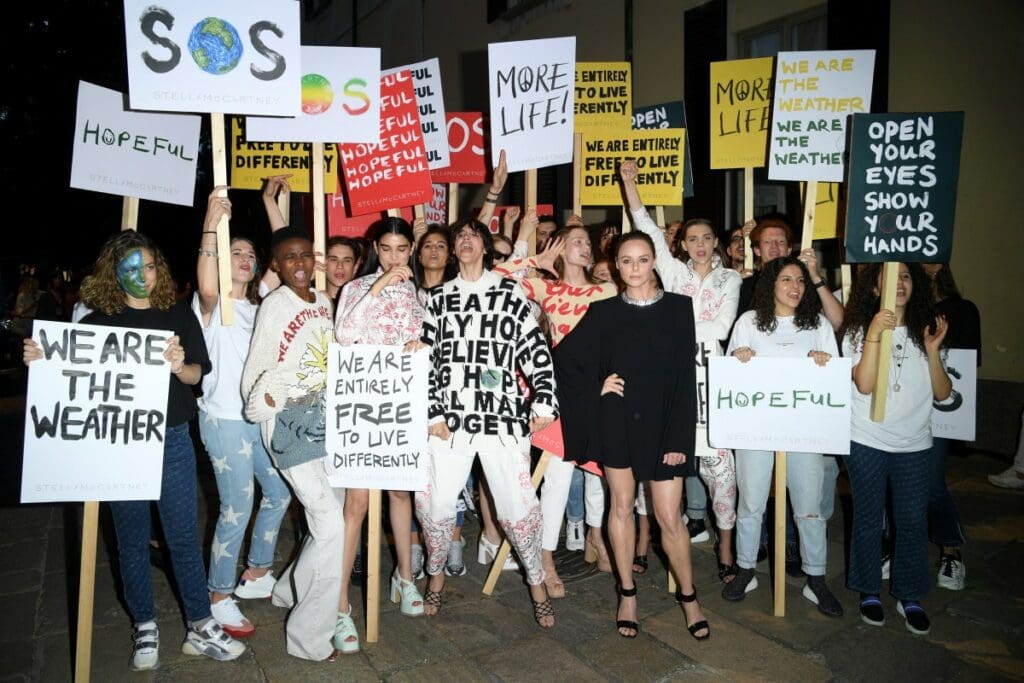How to become more sustainable with a product configurator
Table of Contents
According to McKinsey & Company, the fashion industry is responsible for 4% of total greenhouse gas emissions [2].
However, there is a solution to reduce the industry’s impact on the environment through technology. By integrating a 3D web configurator sul vostro e-commerce website, you will transform the way your customers considerano e purchase vestiti e accessori.
SmartPixels’ configuratore di prodotto 3D could help your brand redefine its strategia sostenibile. In this article, we will cover ways integrating a 3D web configurator can better your production methods and your impact on the environment.
Reducing overproduction and waste thanks to 3D modelling
Three-dimensional product configuration e visualization can help your brand overcome two major concerns related to the luxury industry:
The amount of unsold inventory due to product returns: according to Zalando, 50% prodotti della sua products are returned [3]. The main reason is the discrepancy between product expectations and the real products’ appearance. Integrating 3D visuals can reduce your returns up to 40% according to Shopify.
The volume of waste e resources’ dissipation: prototyping requires countless resources. It is sufficient to consider that 11,000 liters of water are needed to produce one kilo of cotton [4].
What if SmartPixels’ 3D product configurator could help luxury brands manage their inventory more efficiently?
Advantages of a 3D product configurator for the fashion supply chain
One of the consequences of the increase in e-commerce is the significant growth in product returns. For instance, compared to an average return rate of 5-10% for in-store luxury sales, the return rate for online luxury transactions ranges from 20 to 25% [5].
Globally, e-commerce returns represent approximately 20% of all purchases [6].
Moreover, only a small percentage of them are ever resold. Statistics show that more than 10,000 tonnes of returned goods end up in discariche each year [6].
Bracketing refers to the common practice among consumers of ordering multiple versions of the same item and returning at least one of them.
An interactive 3D configurator allows your website visitors to configure e visualize 3D models of their products. Moreover, it provides them with hyperrealistic visuals of the item they are willing to buy.
With the help of SmartPixels’ 3D technology, our customers have achieved a 40% reduction in product returns.
3D product customization leads to a better client experience
Generation Z (18-25-year-olds) is more inclined to return items, particularly by bracketing. On average, they are 47% more likely to give back products, compared to only 15% of the older generation [5]. In addition, Gen Z customers are more prone to shop from environmentally conscious companies.
Alongside a strong environmental commitment from brands, Generation Z seeks personalized products.
The possibility of online product customization is a priority for young people in their digital experiences.
Grazie ad un configuratore di prodotto 3D per l'e-commerce, your universo della generazione Z customers will benefit from a dynamic shopping experience where they can co-create their product with their favorite brand. They will be able to view photorealistic 3D rendering of their items in real time. In addition, on the interactive product configurator, the shape, colore, e materiale can be changed to suit their preferences.
A real-time 3D configurator can help reduce the number of unsold garments and the associated destruction. Finally, it would provide your brand with a significant competitive advantage.
3D prototyping: an anti-waste solution
The amount of waste in the fashion industry, which already accounts for 92 million tons of textile per year, is expected to increase by 60% between 2015 e 2030 [7].
How to cope with textile waste? Several luxury brands have embraced the strategy of burning unsold stocks. The main reason is to avoid discounts e sales, as well as to preserve the brand’s image e prestige.
SmartPixels has developed a technology that can help you considerably reduce this hurdle. Find out here how virtual product prototyping can help you circumvent waste.
Virtual prototyping allows you to create millions of static oppure animated 3D product renderings for any product combination. SmartPixels’ 3D application lets consumers see what their final product will look like from every angle and with very high accuracy. This way, consumers can order with confidence custom, made-to-order items.
As a result, products will be manufactured based on the real-time product configuration created by the customer. Therefore, any material waste associated with the creation of multiple prodotti fisici that might be unsold will be avoided.
Get in touch with our team to find out more about the capabilities of SmartPixels’ 3D Product Configurator and how it can improve your brand’s sustainable engagement.
*Sources:
[1] https://www-statista-proxy.com/statistics/1305696/apparel-industry-co2e-emissions/
[2] https://www.mckinsey.com/featured-insights/mckinsey-live/webinars/sustainable-fashion-how-the-fashion-industry-can-urgently-act-to-reduce-its-greenhouse-gas-emission
[3] https://www.fastcompany.com/90701492/how-businesses-can-fight-the-environmental-menace-of-free-returns
[4] http://missioni.blog.diocesifirenze.it/files/2013/06/Impronta-idrica.9-14.pdf
[5]https://f.hubspotusercontent10.net/hubfs/2617219/The%20ZigZag%20Global%20Retail%20Returns%20Study%202021.pdf
[6] https://www.sccgltd.com/featured-articles/the-environmental-impact-of-ecommerce-product-returns/#:~:text=Globally%2C%20eCommerce%20returns%20represent%20around,up%20in%20landfills%20each%20year
[7] https://goodonyou.eco/waste-luxury-fashion/



